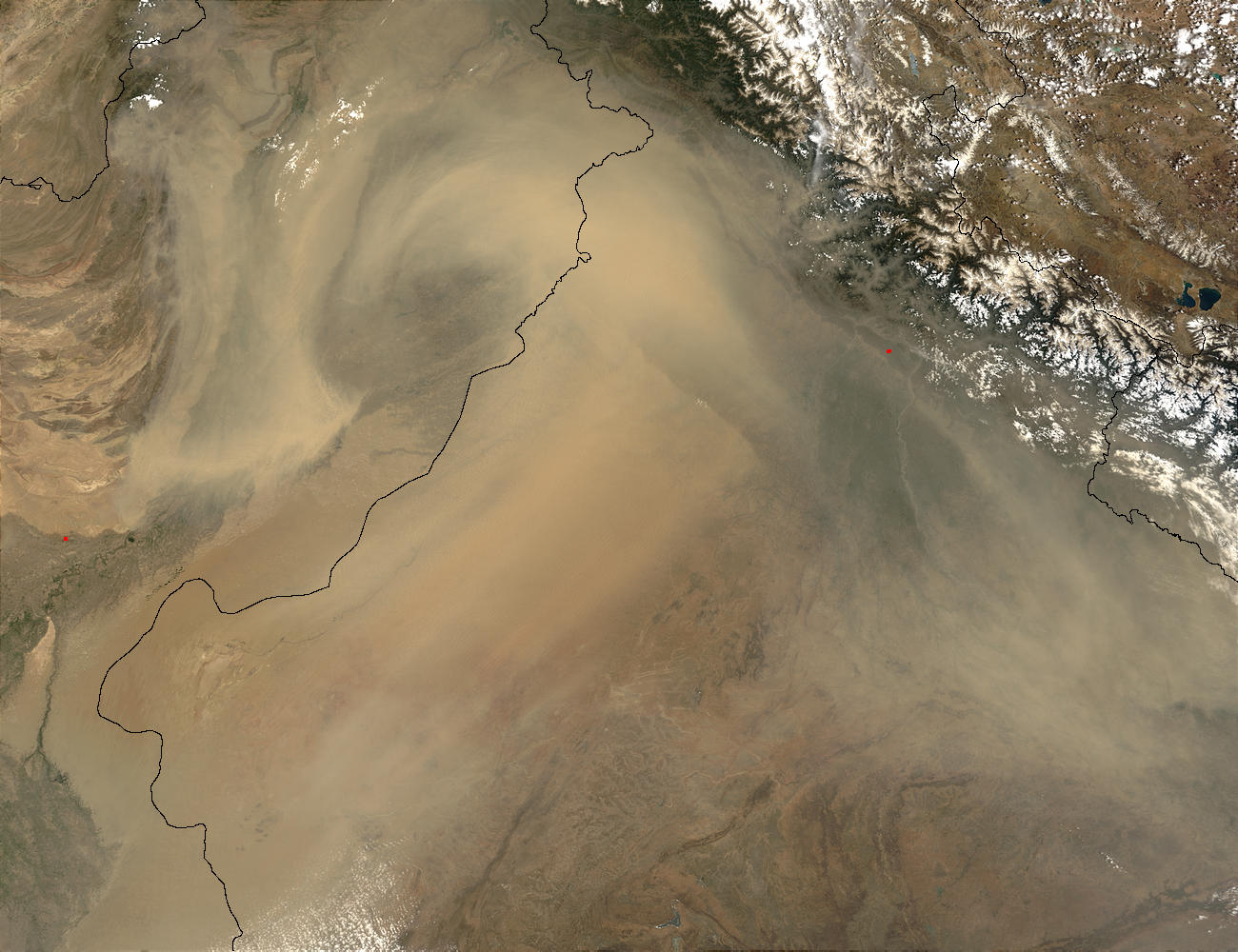The early atmosphere –
History of earth – 4.6 billion years.
Evidences - Oldest occurring rock – Faux Amphibolites of the Nuvvuagittuq greenstone belt - found in Quebec Canada with age of 4.28 billion years. Isotopic analysis of meteorites, soil, rock samples of moon.
The continuous collisions between primordial solar nebula particles (interstellar gas and dust) is mainly considered responsible for the most rudimentary form of earth. This continued for some 150 million years until eventually clumped into a rock form. The mass of earth had very high temperature due to terrestrial accretion heat generated through –
o Decay of radioactive isotopes
o Gravitational energy of sinking metals
o Impact of small planetary bodies bombarding into earth.
· Eventually, rock material started melting bringing about sinking of heavier material rich in iron and nickel, to core and rising of lighter elements to top. The maximum amount of lighter primordial gases like hydrogen and helium escaped during this phase.
· The light molten material crystallized to build initial thin crust. This thin and unstable crust collapsed again formed many times to ultimately form a thicker crust as a result of large scale convection current inside earth. At the same time, outgassing of gases from surface volcanic activity led to oceanic evolution and secondary atmosphere.
Oceanic evolution -
H2O particles were already present in the Earth mass during the planetary accretion phase of formation of earth. During outgassing temporary steam atmosphere was created which precipitated during the subsequent cooling phases of the earth.Secondary atmosphere –
· Volcanism was the major route through which degassing of volatile material from the inner Earth took place. Volcanic activity produces water vapor, Carbon dioxide, Carbon monoxide methane gas, nitrogen in substantial quantities but no oxygen.
Decrease in CO2 –
· Carbon dioxide was the main gas providing heat in the early atmosphere as the early solar system was illuminated by a weak, young Sun that only delivered ∼75% of the present day energy.
According to a climate model, at 2.75 Ga, CO2 level was 500 times present atmospheric levels. However, by the Cambrian, CO2 levels were close to present atmospheric levels.
The main reason for the extraction of CO2 out of the atmosphere was the development of life forms in the ocean that seized carbon in organic and later inorganic (calcium carbonate) forms and buried it in sedimentary formations on the sea floor.
Evidence - presence of early carbonated sediments,
Increase in O2 –
· The secondary atmosphere formed by outgassing was anoxygenic. Amount of oxygen in the atmosphere increased gradually through
- Solar radiation - UV rays break H2O into hydrogen and oxygen
- Organic photosynthesis by earliest form of life - Blue-green algae (Cyanobacteria) uses CO2 and H2O for photosynthesis and release free oxygen.
· Oxygen production continued for 2.2 billion years and did not achieve considerable levels until 2 Ga and only approached present-day levels by 1.5 Ga. Due to chemical action with the material deposited through lava eruptions, such as iron and evaporite formations.
Evidence - Iron rock formation in earliest sediments at Isua in western Greenland aged 3.8 billion years ago. Barite gypsum bearing evaporite found in Pilbara region of western Australia. 3.5 billion years ago.
· O2 level rose in atmosphere occurred with decrease in the iron deposition.
Evidence – Earliest form of life i.e. Eukaryotes which were present 1.4 billion years ago, require O2 content of about 0.02 present atmospheric level. Similarly, soft life forms like jelly fish, worms developed about 650 million years ago, which require the minimum oxygen level of 0.1 present atmospheric level. Plants first appeared 400 million years ago.
· The evolution of more complex form of plants and animals extract more CO2 from the atmosphere and provide an additional source of O2.
· Once O2 started to accumulate in the atmosphere, the production of ozone (O3) could occur, shielding the Earth’s surface from ultra violet (UV) radiation.
References –
- Neil C. Wells - The atmosphere and ocean: a physical introduction, 3rd Edition, Wiley Blackwell
- Essentials of Meteorology – An Invitation to the Atmosphere, Eighth Edition 2018, C. Donald Ahrens and Robert Henson, Cengage Learning.
- Brian Frederick Windley (2016) Geologic history of Earth, Encyclopædia Britannica. Available at https://www.britannica.com/science/geologic-history-of-Earth. Accessed on November 23, 2020






